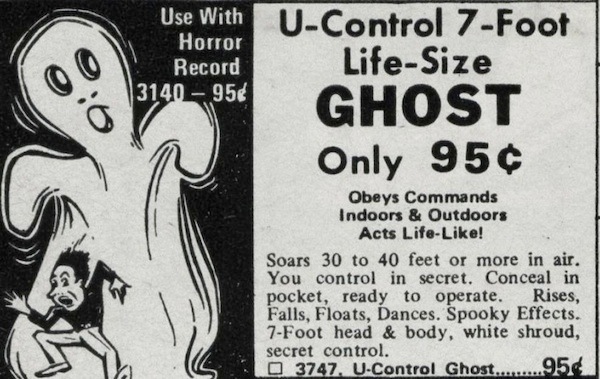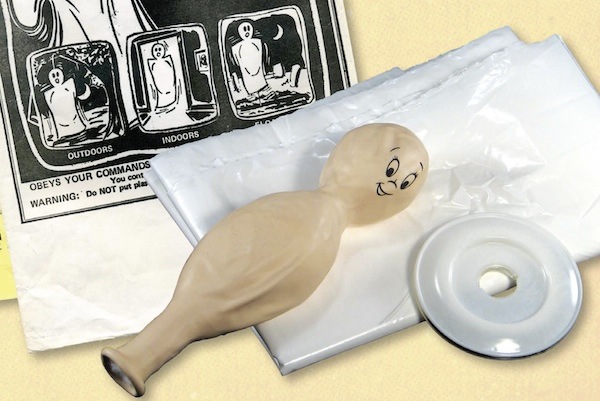

Click here to go see the bonus panel!
Hovertext:
Froth is evidence that you're still breathing! It's a sign of health!
Today's News:

In the fall of 1987, a high school senior named Todd Matthews became obsessed with his first mystery corpse. The dead woman had been found in 1968, in Georgetown, Kentucky, wrapped in a tarp. People called her Tent Girl. Matthews felt a force urging him to piece together Tent Girl’s identity, and for years he scrutinized every detail the police and journalists might have missed. He dreamed about Tent Girl appearing in his living room. He consulted a psychic. He spent so much time and money looking for Tent Girl that his wife threatened to leave him. Then, one night in 1998, up past midnight on his Compaq Presario, he found a matching missing-persons report. When a DNA test identified Tent Girl as Barbara Taylor, Matthews was in the courthouse conference room. “It was such an emotional moment for us all,” he said—“us all” now encompassing Matthews and, in the same room, the murder victim’s family. Matthews described the emotions: “Relief, sadness, success.”
“An unidentified corpse is the Blanche DuBois of the forensic world: completely dependent on the kindness of strangers,” says Deborah Halber in her book about amateur Web sleuths who solve cold cases. According to a 2004 survey—the first and only of its kind—there are at least 13,486 Blanches nationwide, with about a thousand more added to the rolls each year. Amateur sleuths congregate online, swapping information and theories, looking for details or connections, poring over facial reconstructions, dental records, and serial numbers on breast implants and artificial joints. Halber says these forums have “propelled a remarkable shift in the number of cases solved, and in the relationship between the public and law enforcement.”
“An unidentified corpse is the Blanche DuBois of the forensic world: completely dependent on the kindness of strangers.”
America has always loved the amateur detective, or the pro gone rogue. Edgar Allan Poe’s “The Murders in the Rue Morgue” (1841), widely recognized as the first detective story, starred C. Auguste Dupin, a reclusive amateur. Since then we’ve had Nancy Drew, Encyclopedia Brown, Magnum, P.I., and hundreds of incarnations of Sherlock Holmes. Among fictional cops, for every straight-arrow Joe Friday type, there are dozens of badge-wielding heroes noteworthy for their lack of professionalism. They obsess over cases after they’ve been ordered to stop (The Wire’s Jimmy McNulty) or after they’ve left the force (True Detective’s Rust Cohle).
Add the Internet to this strain of American do-it-yourself amateurism and you get the group of Web gumshoes Halber calls “the Skeleton Crew.” She recounts several cold cases, and she profiles active hunters. Some know the hurt of going years without information about a missing relative, and take satisfaction in relieving others from that pain. (This almost always means letting them know the person in question is definitely dead—a comforting if not happy finality. “I’m trying to help families get closure, because I don’t seem to be able to get it for myself,” says one sleuth.) Some are men fixated on the corpses of pretty women. Some read about a case in the news, then get sucked in by the online vortex of possibly relevant evidence, the connections radiating in every direction, the allure of scoring a “solve.” Many amateurs find, online, possibilities for creative thinking and meaning they lack in the drudgery of daily life. “Making an identification—that’s power,” says Matthews, who after Tent Girl turned immediately to other cold cases. “You have to keep going. It’s a temporary fix. There’s no real cure, you see. It’s about managing the cycle like a recovering addict.”
An addict’s top priority, of course, is his own addiction. And Halber suggests that identifying the victims is, curiously, sometimes in tension with preserving exclusive access to the mystery. This can be as true of cops as it is of amateurs: In the late 1990s, when police first started getting calls from Web sleuths (some cops call them “Doe Nuts”), they were inclined to hang up. Criminologists talk about the “blue curtain” police use to isolate themselves from a public that can’t possibly understand the stresses and obstacles they face. In 2007, the Department of Justice unveiled the National Missing and Unidentified Persons System (NamUs), the first official site on which professionals and the public were encouraged to post their findings. But after NamUs launched, many Web sleuths resisted it, precisely because it was hatched behind the blue curtain. When the site hired Matthews as an administrator, he was booted from the all-amateur Doe Network, triggering a vicious e-battle over control of NamUs. In the end, Matthews won—and purged the site’s key staff of all but his most loyal supporters.
 Halber’s claim that Web sleuths have triggered a “remarkable shift” doesn’t appear to be borne out by the facts or the numbers. NamUs sounds like a system that might have been launched with or without the Doe Nuts, given how common crowd-sourcing techniques have become in other areas. Halber never provides numbers of cases cracked, even though it takes just a few minutes of Googling to find them. As of August 2012, five years after NamUs launched, the site claimed to have provided “direct assistance” in the identification of 117 corpses, out of 9,338 in its database. Of its 11,390 missing persons, users had helped track down 278. The Doe Network’s page recording its “solves” and “assisted solves” says there have been “more than 67.”
Halber’s claim that Web sleuths have triggered a “remarkable shift” doesn’t appear to be borne out by the facts or the numbers. NamUs sounds like a system that might have been launched with or without the Doe Nuts, given how common crowd-sourcing techniques have become in other areas. Halber never provides numbers of cases cracked, even though it takes just a few minutes of Googling to find them. As of August 2012, five years after NamUs launched, the site claimed to have provided “direct assistance” in the identification of 117 corpses, out of 9,338 in its database. Of its 11,390 missing persons, users had helped track down 278. The Doe Network’s page recording its “solves” and “assisted solves” says there have been “more than 67.”
So the Skeleton Crew might have helped with a few hundred cases out of thousands. And because there are no good statistics about how often anonymous corpses were identified before Web sleuthing, we can’t know how effective the crew has really been. Of course, doubts don’t dent its enthusiasm. Most sleuths have their own idiosyncratic motivations. This, too, is a trademark of our Sherlocks and McNultys: They kvetch about systemic problems (usually in state law-enforcement bureaucracies), but they rarely seek systemic solutions. After all, if the system changed, it might no longer need dedicated critics camped out on its fringes. And for many of Halber’s obsessives, the fringes are where they want to be—alone and out of the spotlight, like the lost and forgotten victims themselves.
This post originally appeared in the July/August 2014 print issue of Pacific Standard as “The Searchers.” Subscribe to our bimonthly magazine for more coverage of the science of society.


The delightful Kirk Demarais (interviewed here on Gweek) was interviewed at Collectors Weekly about his terrific book, Mail Order Mysteries.
"The ad says, “U-Control 7-foot life-size ghost. It obeys commands indoors and outdoors, acts life-like, soars 30 to 40 feet. You control in secret, conceal in your pocket, ready to operate, floats, dances, spooky effects, 7-foot head and body, white shroud, secret control.” Well, it’s a balloon and a trash bag, basically, and some string. That would be the ultimate disappointment because that ad paints such an elaborate image in your mind, and even the picture shows a boy fleeing from this huge specter. I’m envisioning this remote control thing that’s massive and scary, and then you find out it’s just a balloon. Well, what’s horrible is one of the faces that was printed on the balloon is none other than Casper the Friendly Ghost. It’s supposed to be this terrifying thing, and it’s literally the friendliest ghost there is."Sea-Monkeys and X-Ray Spex: Collecting the Bizarre Stuff Sold in the Back of Comic Books
